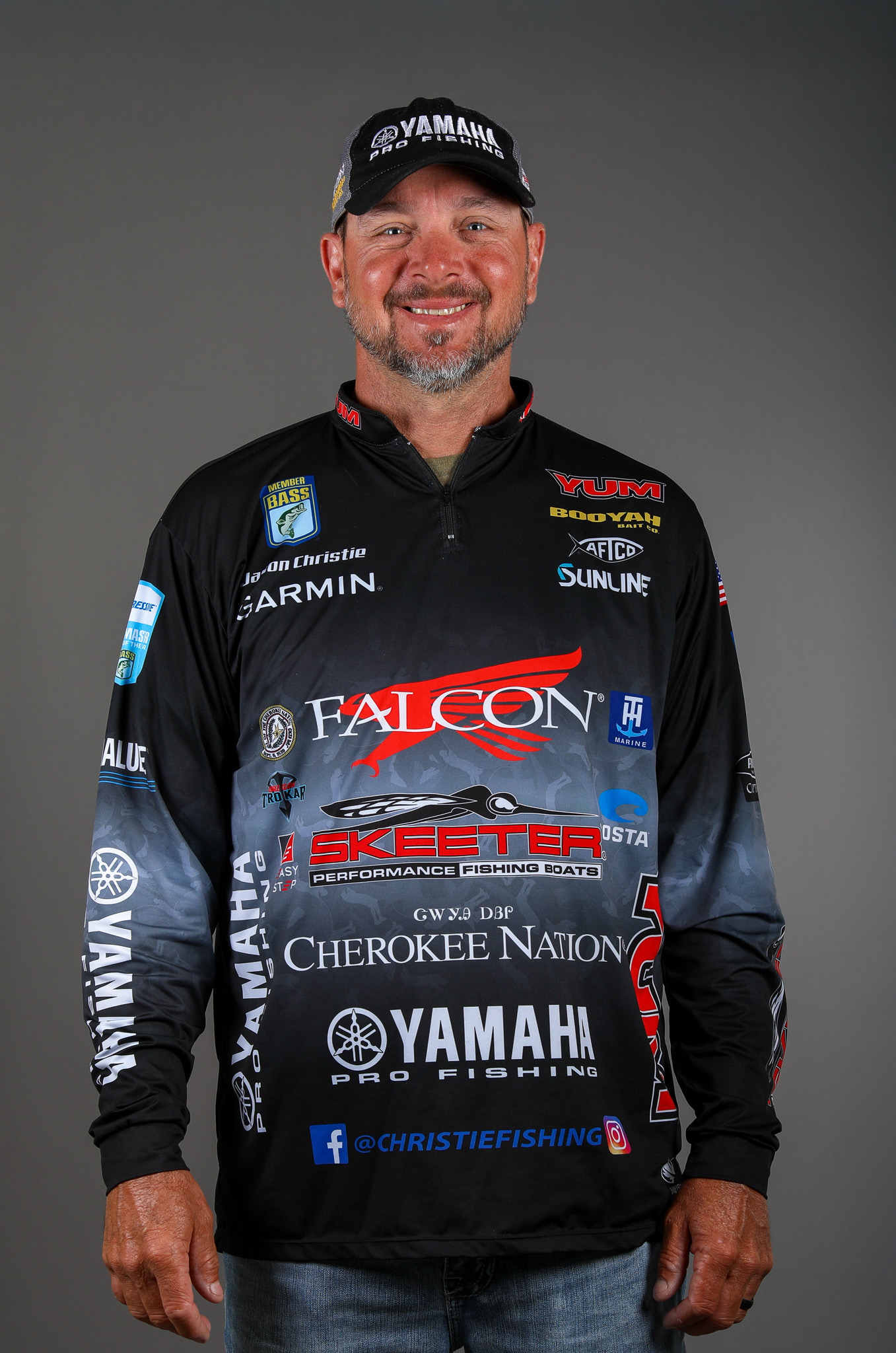I do a lot of hunting in the fall, but I still like to get out on the lake for a little fun fishing. One of the things I’ve noticed is that during the spring and summer, if I’m fun fishing and I can’t get out there at daylight, I generally don’t want to go because I’ve probably missed the better period.
Come fall, however, I can slide back that start time and actually end up with a better day on the water. That’s because the baitfish and the bass will become more active later in the day when the sun has had time to warm the water. So, rather than a daylight bite, I’ll usually expect my best opportunities from about 1 to 4 p.m.
I generally expect the fish to be more aggressive in the fall because the days are getting shorter. That means the feeding periods are getting smaller, so the fish have to get what they can, when they can get it.
The good thing about the fall is that it’s pretty easy to figure out where to find the fish. I follow this rule for the fishing seasons: in the spring, fish relate to spawning areas; in the summer, it’s deep structure; and in the fall it’s bait. You have to locate bait if you want to enjoy a consistent bite.
For the most part, locating bait means running to the backs of creeks, but you shouldn’t expect to find the mother lode in every creek you visit. It varies from creek to creek and while one may be completely dead, the next one could be loaded with shad.
If I take a look in a creek and find no bait, I won’t stay long. However, if I like the location and the layout of a particular creek, I might check it again later in the day because the bait might move into this spot.
Likewise, I’ve seen it where you get around the bait and you might not catch fish right away, but there will be a period when they become active. The key is to find an area with the groceries because sometime that day, there will be fish to be caught.
Water temperature plays a big role in bait positioning, especially as we move later into the year. I usually expect to find bait shallower early in the fall, but moving deeper as the season progresses.
Wind is also really important. A windy day will stack up the bait in a creek, so following a big blow your windward creeks are going to be the places to look.
Taking that a step farther, it’s important to know what the wind did prior to your day on the water. I’ll definitely fish the wind in the fall, but I’ll also fish an area that was catching wind the day before, especially if it blew good overnight.
As for sky conditions, I like cloudy days in the early fall, but the later it gets, the sunnier days become better. A lot of that has to do with the bait’s comfort level. As water temperatures continue to decline, schools of shad become more active when sunshine warms the surface. The more active the bait, the more active the bass will be.
Now, all this can vary day to day and you’ll find that fall is the time of transition, just like the spring. Instead of fish staggered in prespawn, spawn and postspawn modes; fall fish are often in various periods of their winter staging.
That’s why I typically have more rods on my deck than any time of the year, because the fish are scattered shallow, mid-range and deep. You may bounce back and forth, hour by hour and you can’t waste time pulling rods out of the locker.
For me, fall is kind of a junk-fishing deal. You may catch them shallow, but then go deep and be back shallow by lunch time. You just play the conditions and fish what’s in front of you.
Among that pile of rods I usually have on my deck, a few favorite baits usually end up outshining the rest. First, a good all-around bait for me is a 1/2-ounce Booyah Vibra Flex spinnerbait with a 2/0 Trokar trailer hook. If the water gets chalky, I can get up on the bank for largemouth, but I can also get out there and burn that spinnerbait on a 7:1 reel and catch smallmouth.
Next would be a One Knocker Spook in pearl shad. I let the water temperature dictate my cadence, but I tend to walk this bait pretty quickly until the water gets down into the 60s.
Every move I make with a Spook is a test until I figure out what the fish want and once I get is figured out, that pattern will last throughout out the day.
And, of course, I catch a lot of deep fall fish on a dropshot with the YUM Warning Shot nose-hooked with 2/0 Trokar dropshot hook. If I’m moving around and I see one I can drop right to him and trigger a reaction bite.
The key here is that I like a big weight – a 1/2- to 3/4-ounce. If I see a fish on the graph, that heavy weight allows me to get that bait to him quickly. If that bait drops right in front of him really fast, he doesn’t have much choice but to eat it.
One thing to remember is that, while it’s true that a lot of baitfish migrate into the creeks, there are also a lot of baitfish that hold out on the main river or main lake. If your lake has grass, look for fish in the deep grass beds if the bait’s there. Fall definitely offers you a lot of options but it all adds up to some of the year’s best fishing.





